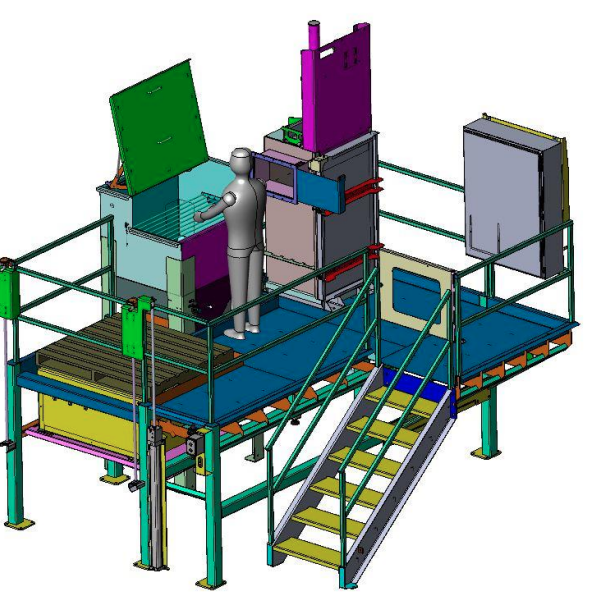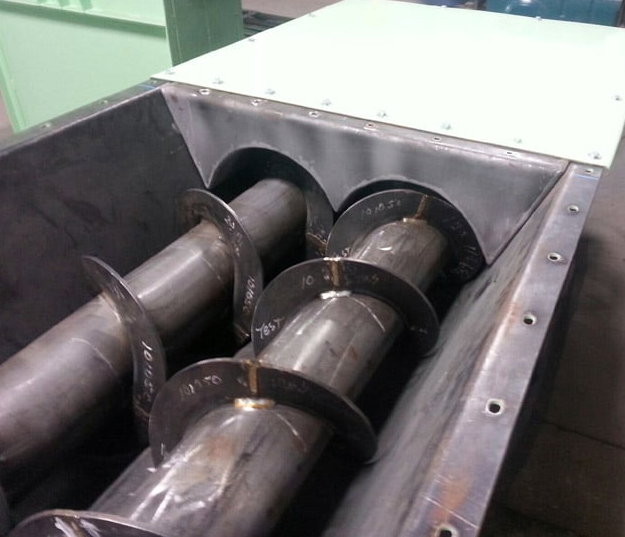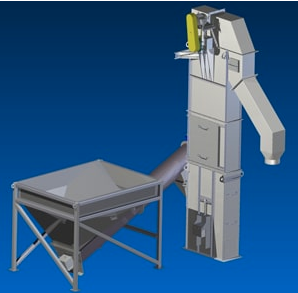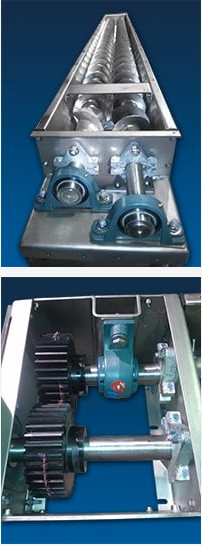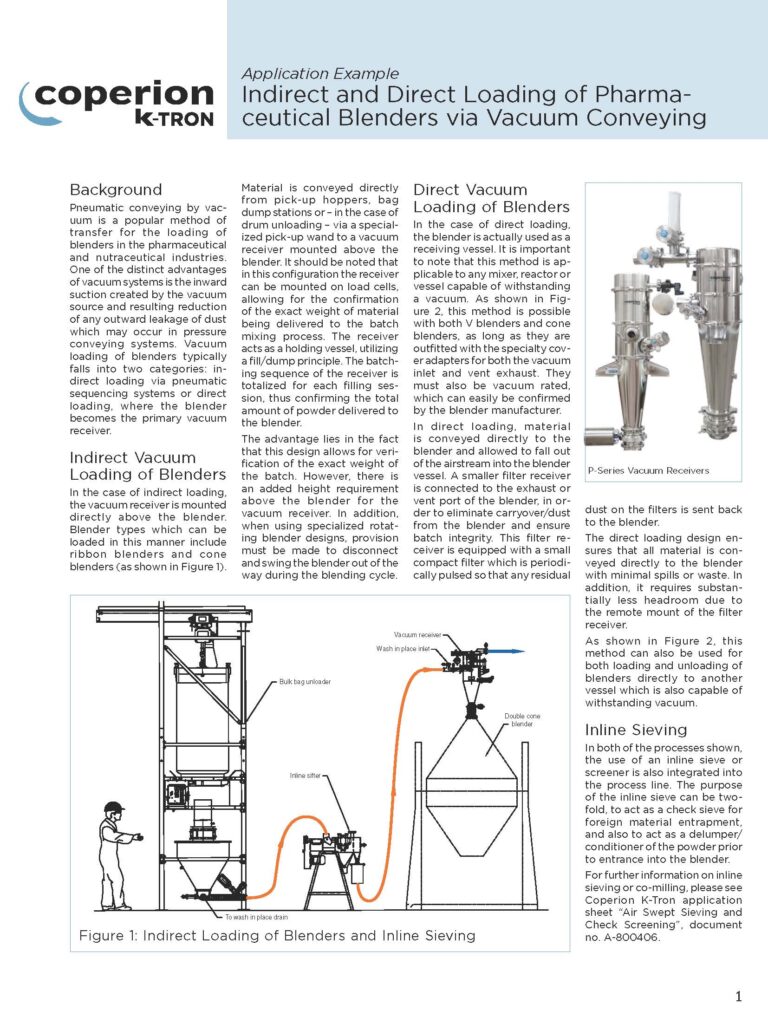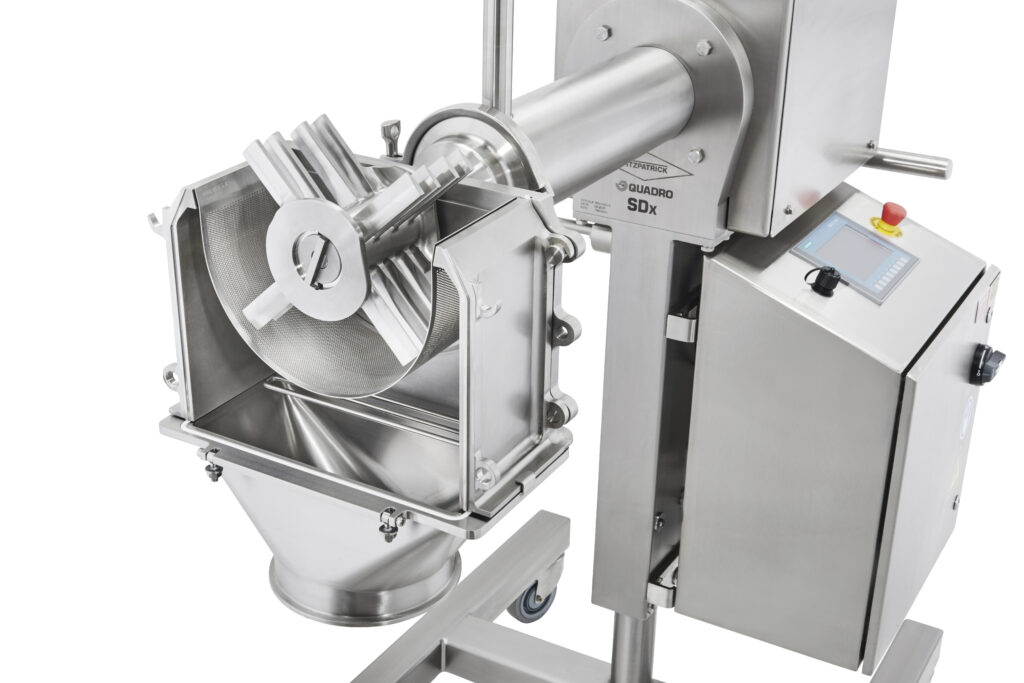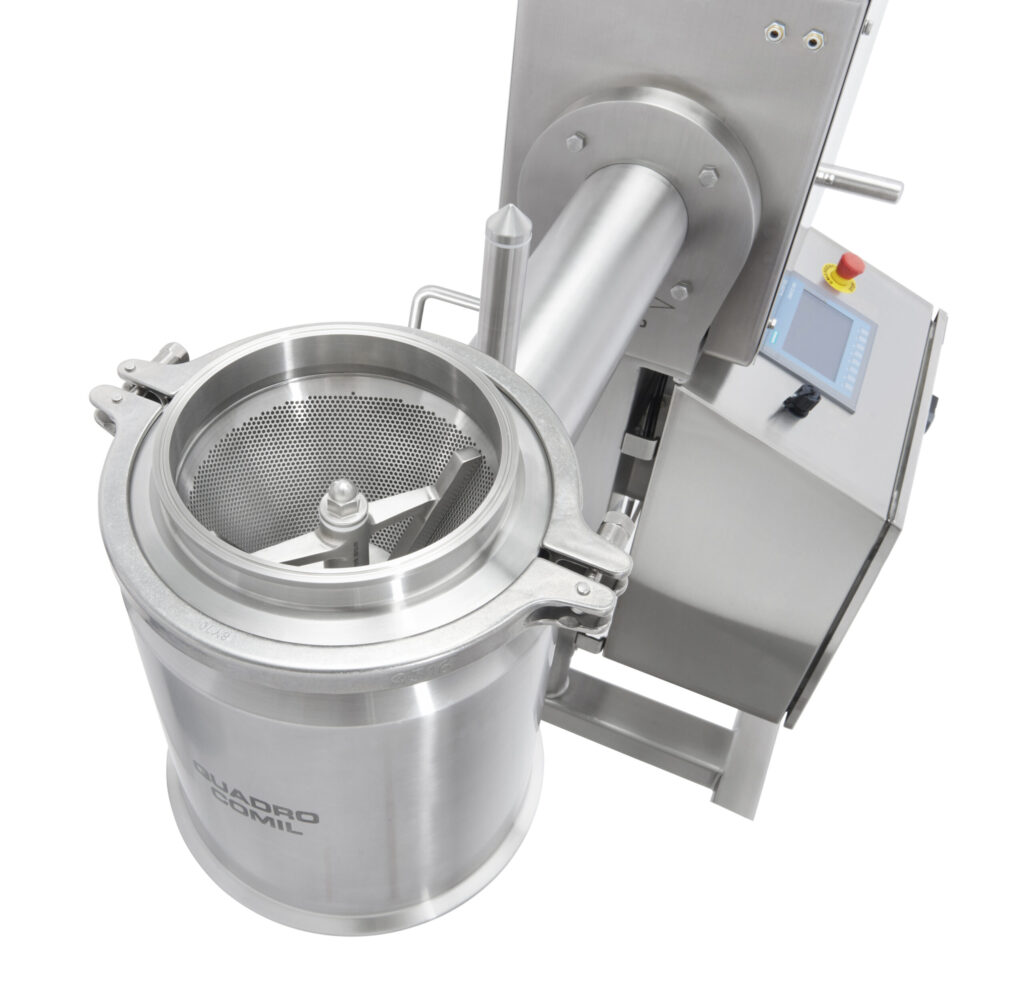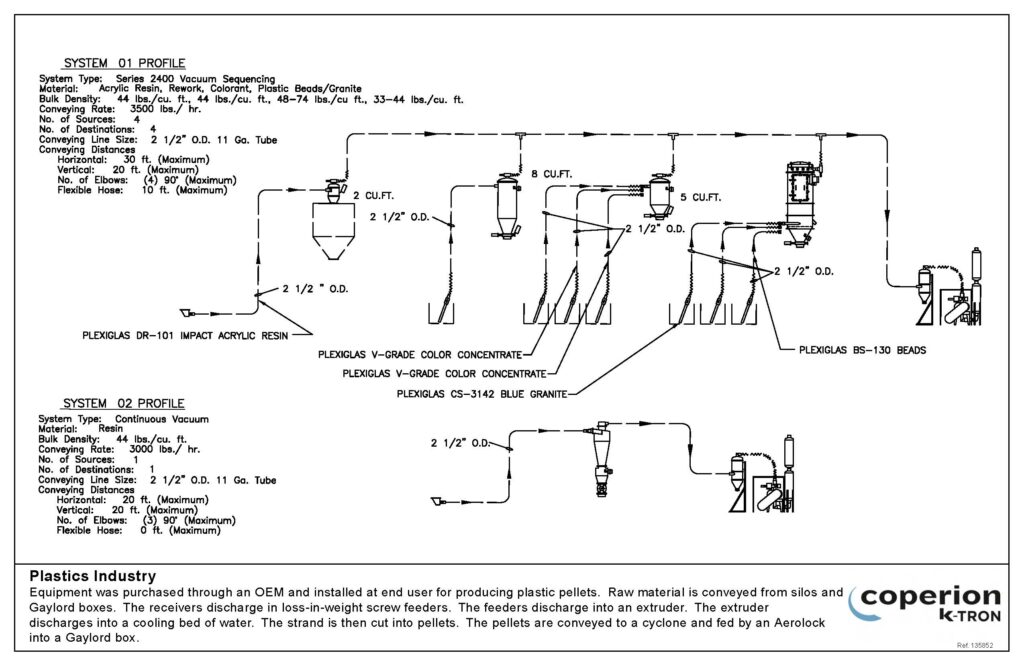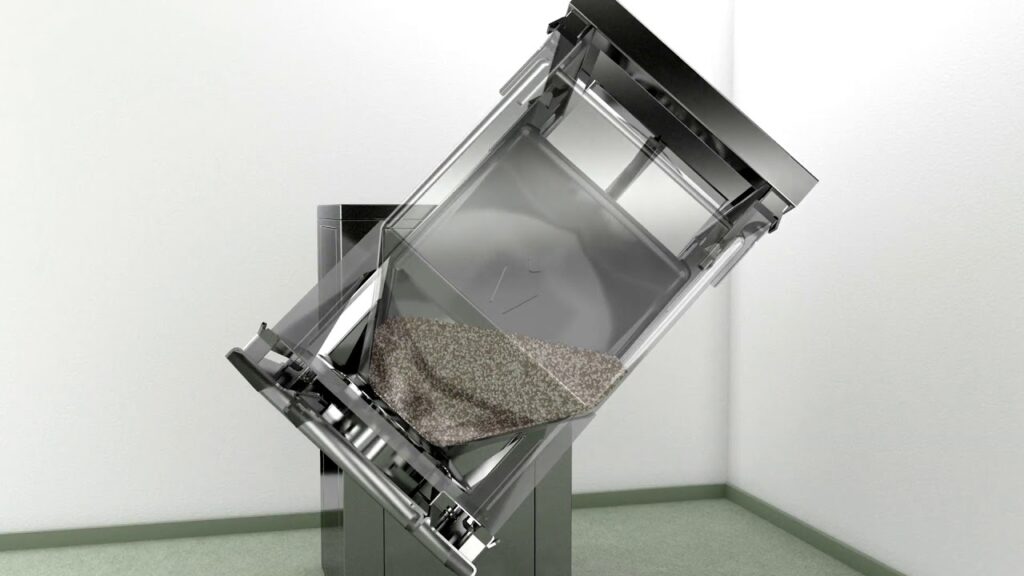NBE Bag Dump Station and Crumbler for Binded Crumb Rubber
Operators stage bags on mezzanine. Each 50lb. crumb rubber bag was extremely compacted and essentially one large “brick” which would not simply fall through the grates of a traditional bag dump station. Operators would place brick on the grate and push towards the back until the entire brick fell off the back ledge and downwards. Empty bags were placed in the bag compactor on the operators’ righthand side.
NBE Bag Dump Station and Crumbler for Binded Crumb Rubber Read More »

